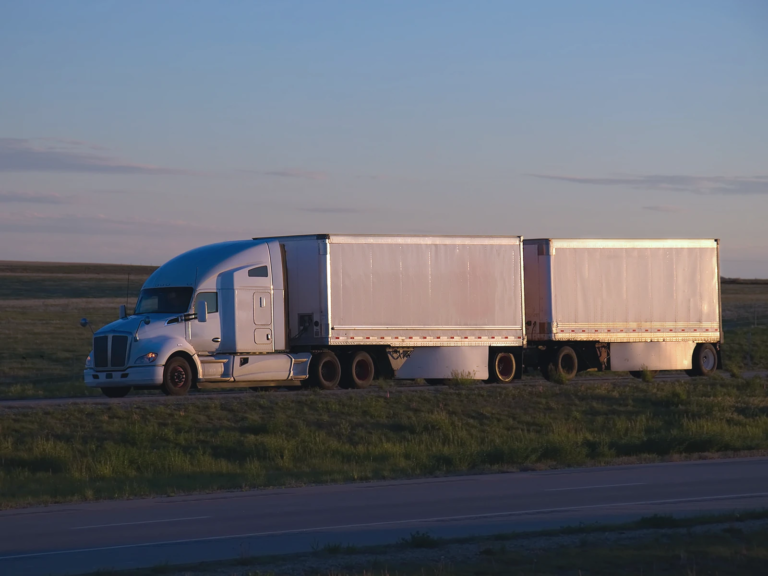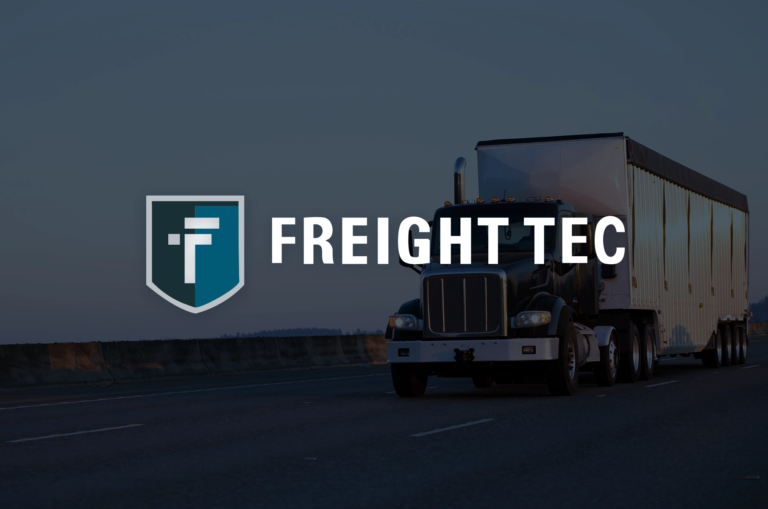What Is LTL Shipping?
LTL stands for ‘Less Than Load’ or ‘Less Than Truckload.’
LTL Definition – A shipping method used in freight and transportation where a shipment does not require the use of an entire trailer or truck but instead shares the space with other shipments from multiple shippers.
So why do freight brokers and shipper use LTL? In the event of smaller shipments, there’s no need to utilize and reserve a full trailer (known as ‘full truckload’). This is where brokers look for LTL carriers who can fulfill these smaller shipments.
LTL works by reserving just a smaller portion of a trailer. Doing so allows brokers to save on the costs of reserving an entire trailer. The remaining space will be filled by other shipments.
In general, the size of LTL shipments will range from 150 pounds to 10,000 pounds and sometimes even more.
What Is LTL Tracking?
LTL tracking is the process of using shipment data to receive updates and determine location of LTL shipments. As such, LTL tracking is useful in predicting the estimated time of arrival (ETA) of freight.
Tracking in the freight shipping world is most often associated with parcel service. You ship a package, receive a tracking number, and can easily follow online the route and stops your package makes form source to final destination.
Less than Truckload (LTL) tracking isn’t as simple. With a high volume of carriers in an increasingly popular mode of transportation, LTL shipping involves several parties to execute, so getting accurate and timely information can be very challenging or time consuming.
What’s the Importance of Tracking LTL Shipments?
Being able to track freight and LTL shipments goes beyond just understanding location. When freight teams can better understand their LTL shipment data, they are better able to communicate to other parties within the supply chain.
Who benefits from LTL tracking?
- Freight Brokers and Shippers – Teams now have a clear understanding and precise location of their LTL shipments
- Carrier Relationships – When teams better communicate, stronger relationships are built between shippers, brokers, and the carriers they select
- Customers – Customers have a better grasp on shipment location and will be better prepared in the case of late or delayed shipments
LTL tracking helps provide timing and schedule. Most LTL carriers provide online tracking for their shipments, but with multiple shipments amongst numerous carriers, keeping track of everything means utilizing multiple carrier platforms, portals, and log-ins.
By utilizing an LTL visibility platform, you can consolidate all your LTL shipments and data into one location. Keep up to date with all LTL freight, saving yourself time and the stress of having to log in to multiple portals.
It’s also noted that LTL tracking also ensures more accurate data. Due to the nature of LTL shipments, where one trailer may have numerous LTL shipments to deliver, LTL deliveries may not be fulfilled on time. LTL tracking systems help monitor freight and ensure improved tracking accuracy.
How Does LTL Tracking Work?
LTL tracking is designed to give shippers and receivers up-to-date information on the whereabouts and conditions of their many shipments.
Through a combination of barcode scans and truck location data, visibility tools can aggregate, analyze and action the data from LTL carriers in ways that were not previously possible (eg. predictive ETAs, geofencing and at-risk monitoring).
If a freight shipment is expected to arrive on a Friday but an accident or storm delays the shipment, key parties can be informed of the delay and alerted when the late shipment does arrive.
How To Track An LTL Shipment?
- Carrier Portals – If anyone is going to have data on your LTL shipment, it’s going to be the carrier in charge of delivering the shipment. Logging into carrier portals will give freight teams the location data and visibility they need to track their LTL loads.
- Check Calls – An older and more manual fashion of tracking shipments, check calls require calling the truck driver on his/her personal cell phone and communicating location. Generally considered dangerous and time consuming.
- Email Status Updates – Receiving individual status updates from the carrier on a shipment by shipment basis. Which is not scalable over 1000’s of shipment or does not get recorded in an analytics database. Think “Your UPS package has shipped”
- Visibility Platforms – LTL shipments can be tracked through real-time visibility platforms that provide clear pictures of freight shipments thanks to integrations with carrier that provide high quality data and live information relating to you load
Who Are the Top LTL Carriers?
Choosing the right carrier to fulfill your shipment means better service, performance, and delivery. The same can be said for LTL shipments.
Here are the top rated LTL carriers by revenue according to Transport Topic News:
- FedEx Freight
- YRC Freight/Yellow
- XPO
- Old Dominion
- TForce Freight
- Estes
- ABF Freight/ArcBest
- R+L Carriers
- SAIA
- Southeastern Freight Lines
Benefits of Tracking Your LTL Shipments
Plenty of customers take shipping into account before they make a purchase. A large part of what makes a shipping experience a good one is transparency.
- LTL tracking allows the shipper to see where the freight is and communicate with customers
- Shippers & brokers get a better estimate of how long their shipment will take to be picked up, be transported, arrive at the intended destination
- All parties can proactively react to delays and supply chain disruptions that affect LTL shipments
- Easier for shippers to alert customers as to where their shipment is. Having an up-to-the-minute, transparent conversation going will ultimately play a key role in shippers creating a positive experience for their customers.
Descartes MacroPoint LTL Tracking
Tracking LTL shipments can be challenging. Utilizing a real-time visibility platform can help brokers gain the LTL tracking and data they require to better run their operations.
Using the Descartes MacroPoint Real-Time Visibility Platform provides freight brokers and Shippers the ability to track their LTL shipments and gain access to extended capabilities as the leading visibility platform on the market.
Gain control of your supply chain with real-time visibility. Contact us and speak to an expert/get a demo of the platform today.


